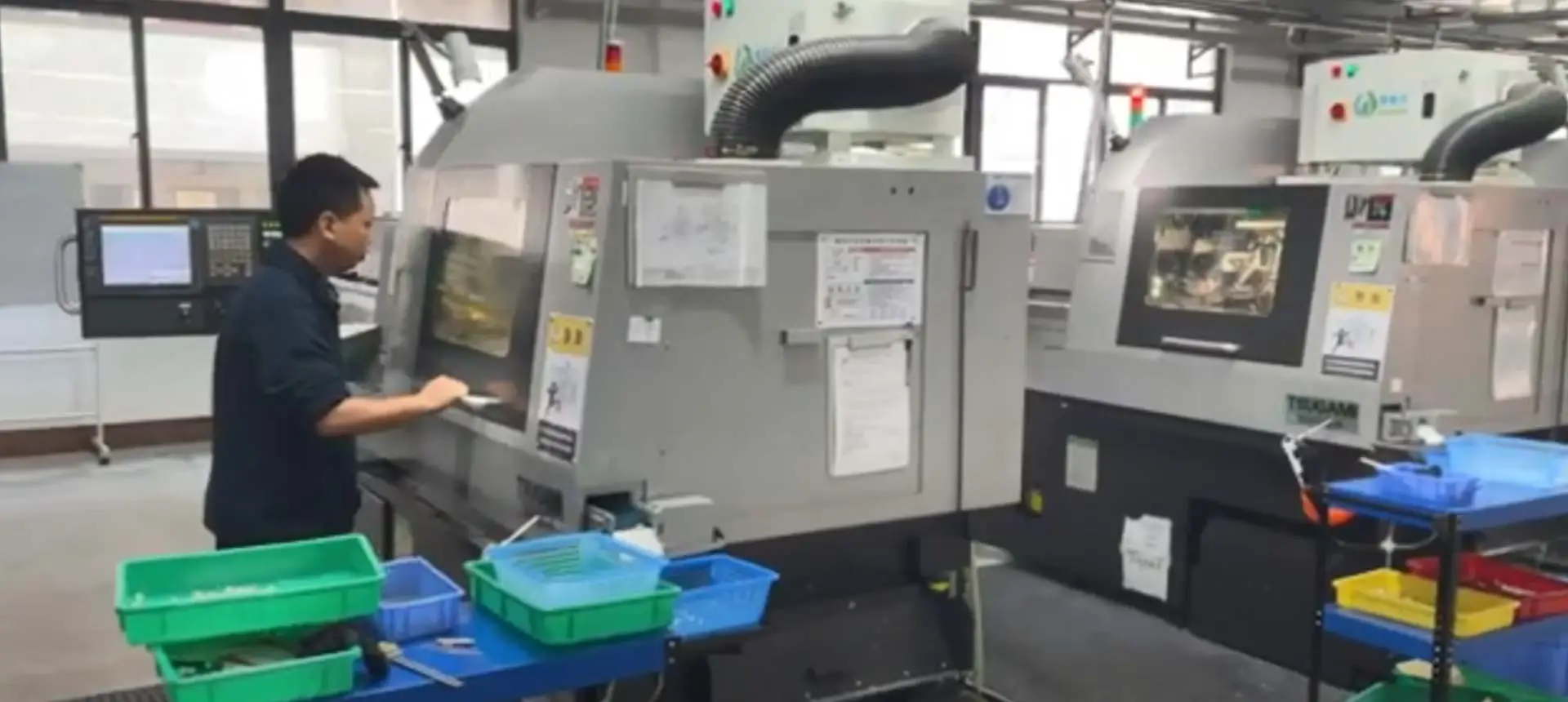
Máy tiện CNC là một quá trình trong đó máy tiện được sử dụng để định hình Nguyên liệu thô thành sản phẩm hoàn chỉnh. Công nghệ mới nhất cho các bộ phận quay CNC liên quan đến việc sử dụng các hệ thống phần mềm và phần cứng tiên tiến cho phép sản xuất nhanh hơn, chính xác hơn và hiệu quả hơn. Công nghệ này bao gồm hệ thống giám sát và phản hồi theo thời gian thực cho phép người vận hành điều chỉnh các thông số gia công một cách nhanh chóng, cũng như các giải pháp công cụ và công việc tiên tiến giúp cải thiện độ cứng và giảm thời gian thiết lập. Ngoài ra, việc tích hợp hệ thống tự động hóa và robot vào các hoạt động tiện CNC ngày càng trở nên phổ biến, cho phép tiết kiệm chi phí và năng suất cao hơn nữa. Nhìn chung, công nghệ mới nhất cho các bộ phận quay CNC đang Cách Mạng hóa ngành sản xuất bằng cách cải thiện chất lượng, giảm thời gian dẫn và tăng thông lượng.
Đạt được độ chính xác với các bộ phận quay CNC đòi hỏi sự kết hợp của các yếu tố, bao gồm công nghệ máy móc tiên tiến, dụng cụ chất lượng cao và người vận hành có tay nghề cao. Chìa Khóa chính xác nằm ở việc lập kế hoạch và thực hiện cẩn thận quy trình gia công, tập trung vào tối ưu hóa các thông số cắt, giảm thiểu hao mòn dụng cụ và đảm bảo thiết lập và căn chỉnh phôi phù hợp. Ngoài ra, các biện pháp giám sát và kiểm soát chất lượng liên tục là rất cần thiết để duy trì tính chính xác và nhất quán trong suốt quá trình sản xuất. Với các công cụ, kỹ thuật và chuyên môn phù hợp, tiện CNC có thể đạt được độ chính xác và độ chính xác cao ngay cả ở những bộ phận phức tạp nhất.
Trong lĩnh vực gia công điều khiển số máy tính (CNC), hai quy trình cơ bản, quay và phay, đóng vai trò then chốt trong việc định hình nguyên liệu thô thành các thành phần được thiết kế chính xác. Hiểu được sự khác biệt chính giữa tiện CNC và phay là rất quan trọng đối với các nhà sản xuất và kỹ sư nhằm tối ưu hóa quy trình gia công và đạt được kết quả vượt trội. Trong bài viết này, chúng tôi tìm hiểu các tính năng đặc biệt của tiện và phay CNC, làm sáng tỏ các ứng dụng, kỹ thuật và ưu điểm của chúng.
Tiện CNC: Tiện là một quá trình gia công chủ yếu được sử dụng cho các thành phần hình trụ. Trong suốtGia công CNC bằng thép không gỉ, Một phôi quay trên trục chính và một dụng cụ cắt đi dọc theo trục quay để định hình vật liệu. Quá trình này lý tưởng để tạo ra các bộ phận như trục, chân và bề mặt hình trụ.
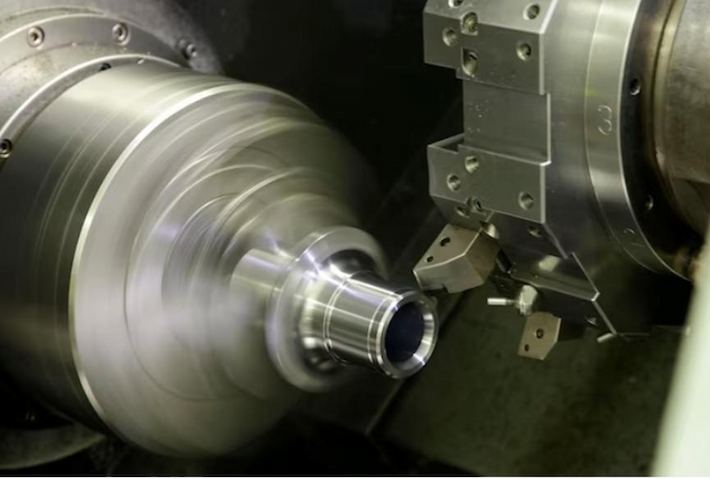
Phay CNC: Mặt khác, phay liên quan đến việc loại bỏ vật liệu khỏi phôi bằng dao cắt quay. Phôi vẫn đứng yên, trong khi dụng cụ của Máy phay di chuyển dọc theo nhiều trục để tạo ra các hình dạng, khe và lỗ phức tạp. Phay CNC rất linh hoạt và có thể áp dụng cho nhiều hình học.
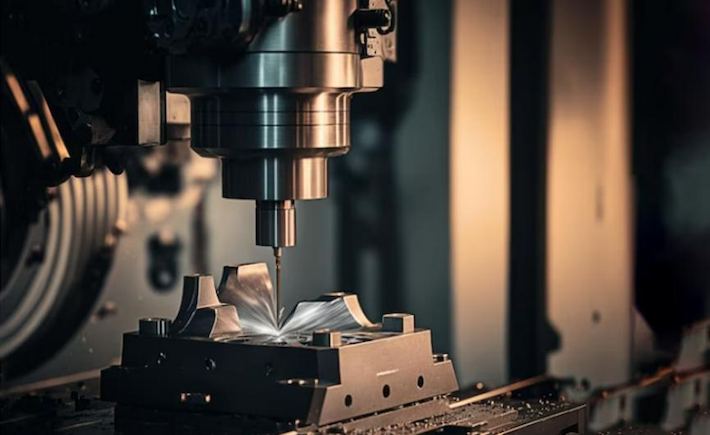
Tiện CNC: Máy tiện, còn được gọi là máy tiện, có hướng trục chính ngang hoặc dọc. Phôi được kẹp vào trục chính, xoay, cho phép dụng cụ cắt di chuyển song song với trục quay.
Phay CNC: Máy phay có thể có hướng trục chính dọc hoặc ngang. Trong phay dọc, trục chính được định hướng theo chiều dọc, trong khi phay ngang, trục chính được định vị theo chiều ngang. Sự khác biệt này cho phép các phương pháp cắt khác nhau.
Tiện CNC: dụng cụ tiện thường là công cụ một điểm cắt vật liệu khi phôi quay. Dụng cụ di chuyển triệt để và trục để định hình bộ phận.
Phay CNC: dụng cụ phay thường là công cụ đa điểm, và quá trình gia công bao gồm cả chuyển động quay và tuyến tính. Máy phay cho phép sử dụng máy nghiền cuối, Máy Nghiền mặt và các hình học công cụ khác nhau để đạt được kết quả cụ thể.
Tiện CNC: Tiện phù hợp nhất cho các bộ phận đối xứng có đối xứng quay. Nó vượt trội trong việc tạo ra các tính năng như rãnh, thon và đường viền trên bề mặt hình trụ. Các ứng dụng phổ biến bao gồm sản xuất các thành phần hình trụ như ống lót, trục và mặt bích.
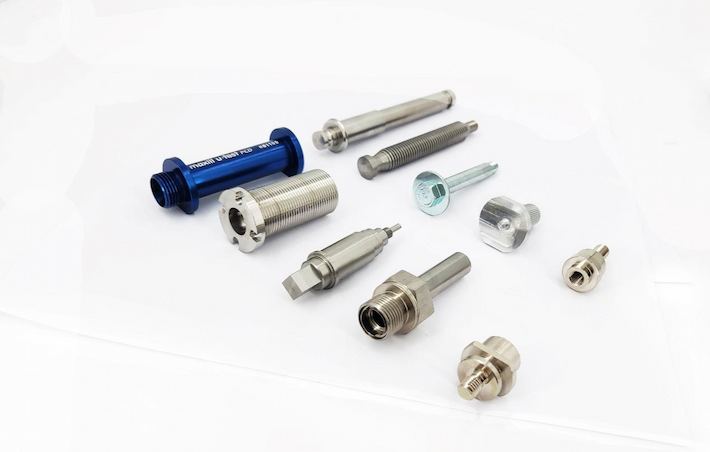
Phay CNC: phay rất thành thạo trong việc tạo ra nhiều hình dạng khác nhau, bao gồm túi, khe và các đường viền ba chiều phức tạp. Tính linh hoạt này làm cho phay phù hợp với các thành phần phức tạp. Phay phù hợp cho nhiều ứng dụng hơn, bao gồm việc tạo ra các thành phần phức tạp cho ngành công nghiệp hàng không vũ trụ, ô tô và y tế.
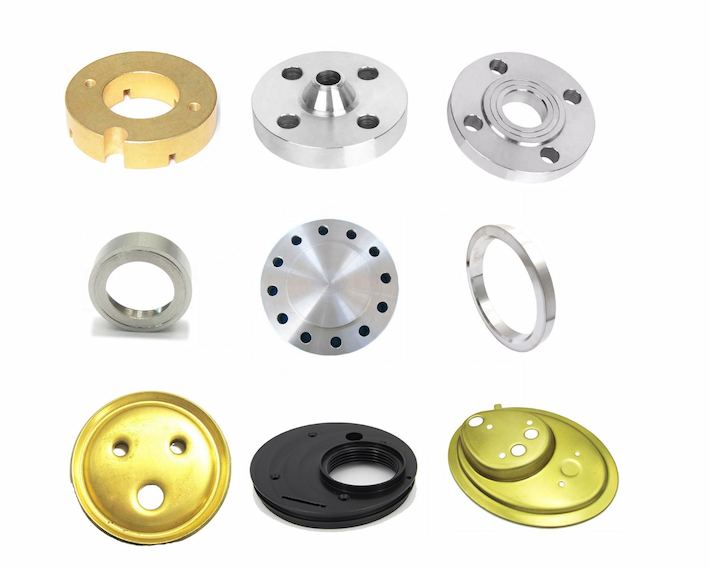
Tóm lại, tiện và phay CNC là các quy trình gia công riêng biệt, mỗi quy trình đều có các ưu điểm và ứng dụng riêng. Sự lựa chọn giữa tiện và phay phụ thuộc vào các yếu tố như hình học, vật liệu và yêu cầu dự án mong muốn. Bằng cách hiểu sự khác biệt giữa tiện và phay, việc lựa chọn phương pháp gia công phù hợp có thể dẫn đến việc sản xuất các sản phẩm chất lượng cao.
Trong lĩnh vực gia công CNC, hhc (海) nổi bật là sự lựa chọn hàng đầu cho máy tiện CNC, mang đến chuyên môn tuyệt vời và các giải pháp tùy chỉnh. Dưới đây là những lý do chính Tại sao chọn hhc là một quyết định chiến lược:
Chuyên nghiệpNhà máy Phụ tùng có độ chính xác cao, Hhc vượt trội trong việc phát triển khuôn mẫu tùy chỉnh và thiết kế giải pháp phù hợp, cung cấp các giải pháp sản xuất được cá nhân hóa. Chuyên môn của chúng tôi nằm ở việc tạo ra các khuôn bespoke, đảm bảo độ chính xác và độc đáo của các bộ phận phù hợp với nhu cầu dự án cụ thể của bạn.
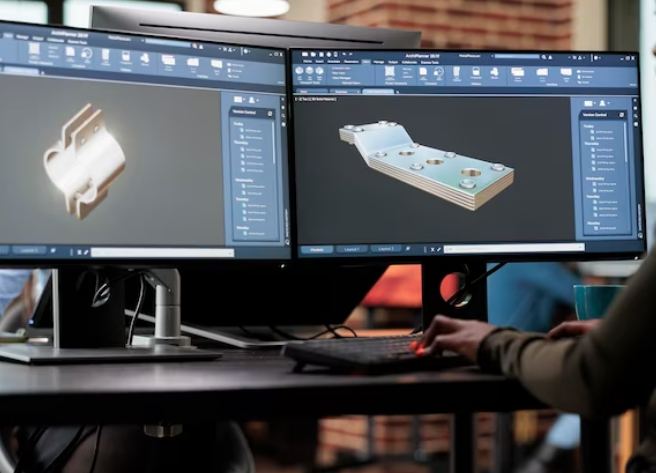
Tại hhc, chất lượng là nền tảng của chúng tôi. Tuân thủ các tiêu chuẩn quốc tế như ISO9001, iatf16949 và ISO13485, v. v. Chúng tôi đảm bảo sự xuất sắc trong mọi sản phẩm. Các quy trình kiểm soát chất lượng nghiêm ngặt của chúng tôi đảm bảo rằng mỗi thành phần không chỉ đáp ứng mà còn vượt quá mong đợi của khách hàng, thiết lập niềm tin và độ tin cậy.
Hhc tự hào có một khu công nghiệp tự xây dựng, tích hợp theo chiều dọc chuỗi sản xuất của chúng tôi để có lợi thế chi phí khác biệt. Quy trình sản xuất hiệu quả và tích hợp theo chiều dọc của chúng tôi giúp nâng cao năng suất, cho phép chúng tôi đáp ứng ngân sách chi phí của bạn mà không ảnh hưởng đến chất lượng.
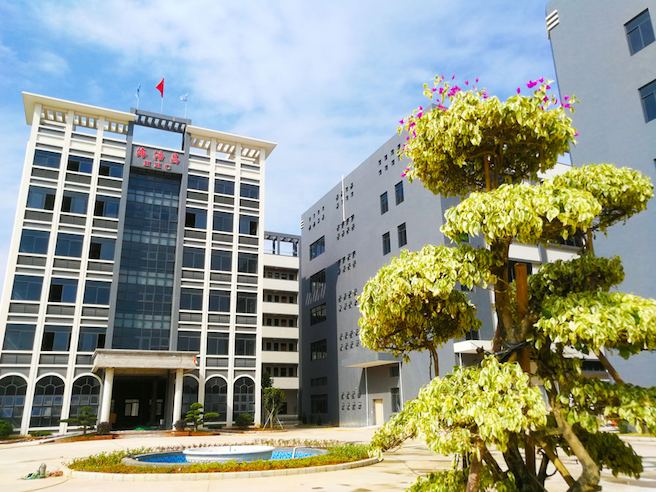
Tóm lại, Máy tiện CNC hhc mang đến sự gia công chính xác hơn; nó cung cấp sự hợp tác bắt nguồn từ sự đổi mới, độ tin cậy và hiệu quả chi phí. Chọn hhc cho một hành trình hợp tác kết hợp sự xuất sắc tùy chỉnh với chất lượng tuyệt vời, đồng thời tối ưu hóa chi phí.
Trong thế giới gia công chính xác, tiện CNC là một quá trình đa năng nổi tiếng với khả năng chế tạo nhiều hình dạng khác nhau với độ chính xác và hiệu quả. Đây là một khám phá ngắn gọn về hình dạng CNC có thể tạo ra:
Tiện CNC vượt trội trong việc chế tạo các hình trụ, làm cho nó trở nên lý tưởng để sản xuất các bộ phận như trục, ghim và ống lót. Quá trình đảm bảo tính đồng nhất và chính xác trong các cấu hình hình trụ.
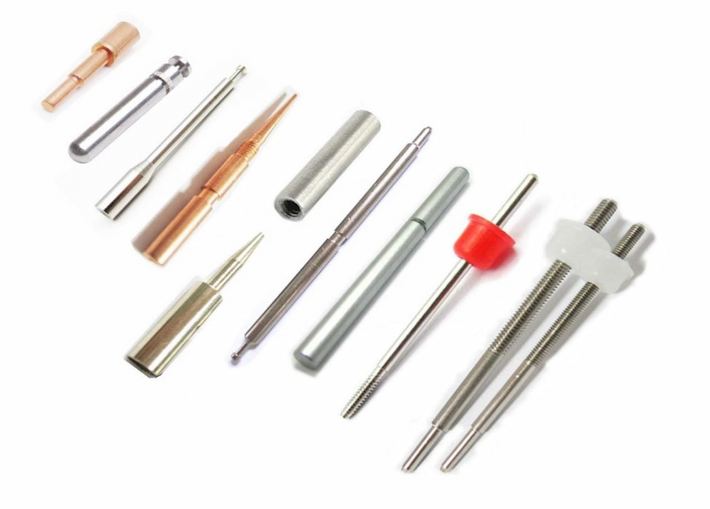
Tiện CNC thành thạo trong việc tạo ra thon và hình nón. Khả năng này có giá trị cho các ứng dụng mà các bộ phận yêu cầu giảm dần hoặc mở rộng đường kính.
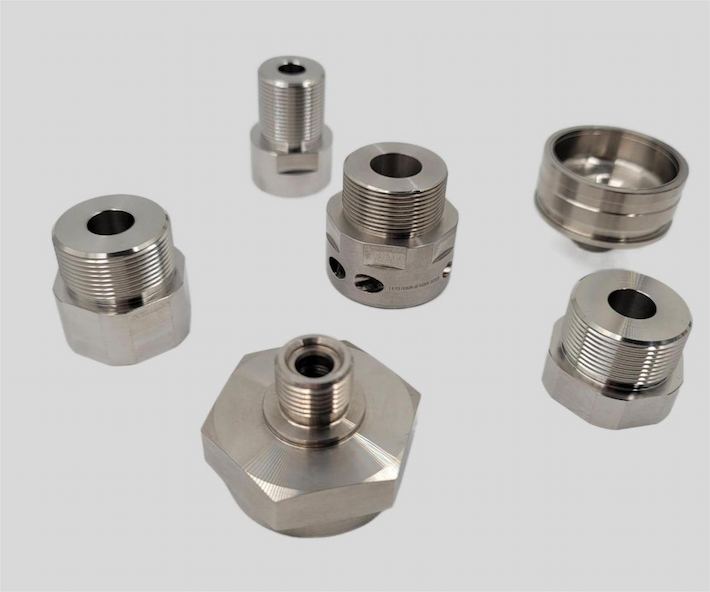
Quá trình này rất thành thạo trong việc tạo thành các rãnh và đường viền phức tạp trên bề mặt hình trụ. Điều này làm cho tiện CNC phù hợp với các bộ phận có tính năng chi tiết, tăng cường cả chức năng và tính thẩm mỹ.
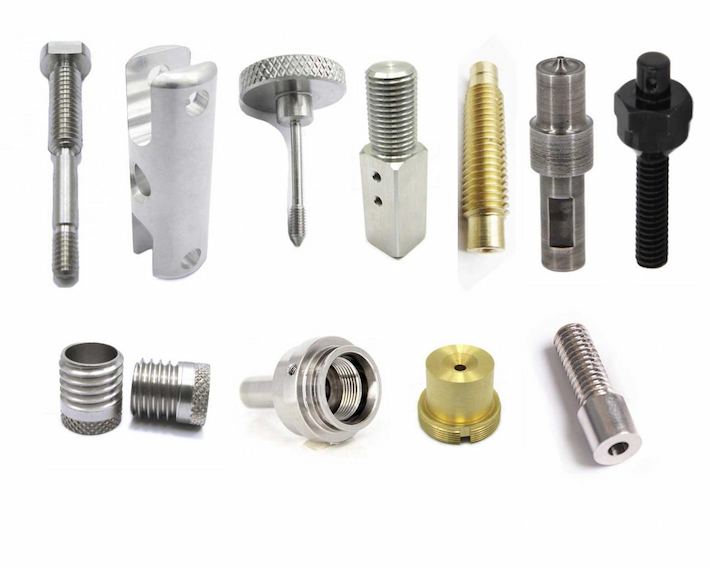
Mặc dù chủ yếu liên quan đến hình dạng hình trụ, tiện CNC cũng có thể được sử dụng để sản xuất các thành phần hình cầu. Tính linh hoạt này mở rộng phạm vi của các hình dạng có thể đạt được.

Tiện CNC có thể xử lý các hình học phức tạp, bao gồm các hình dạng với đường kính khác nhau và chi tiết phức tạp. Điều này làm cho nó trở thành một quá trình có giá trị để chế tạo các thành phần đa dạng và tùy chỉnh.
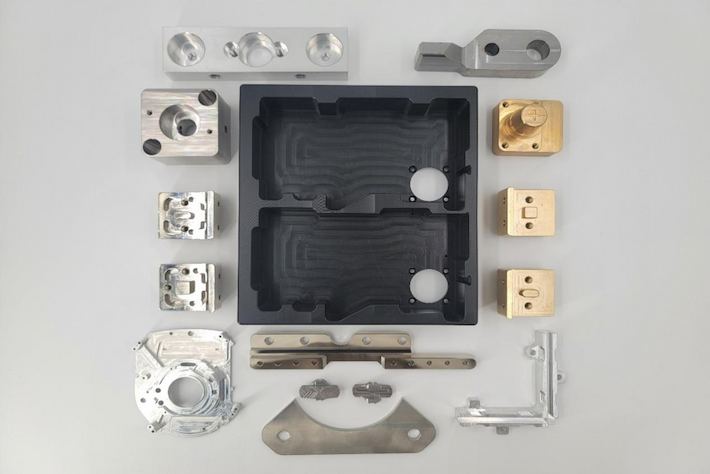
Tóm lại, quay CNC không giới hạn ở các hình dạng cụ thể; khả năng thích ứng của nó cho phép tạo ra một loạt các thành phần, từ các dạng hình trụ đơn giản đến hình học phức tạp và phức tạp. Độ chính xác và hiệu quả của tiện CNC làm cho nó trở thành một lựa chọn ưu tiên để định hình các bộ phận khác nhau trong thực tế.


